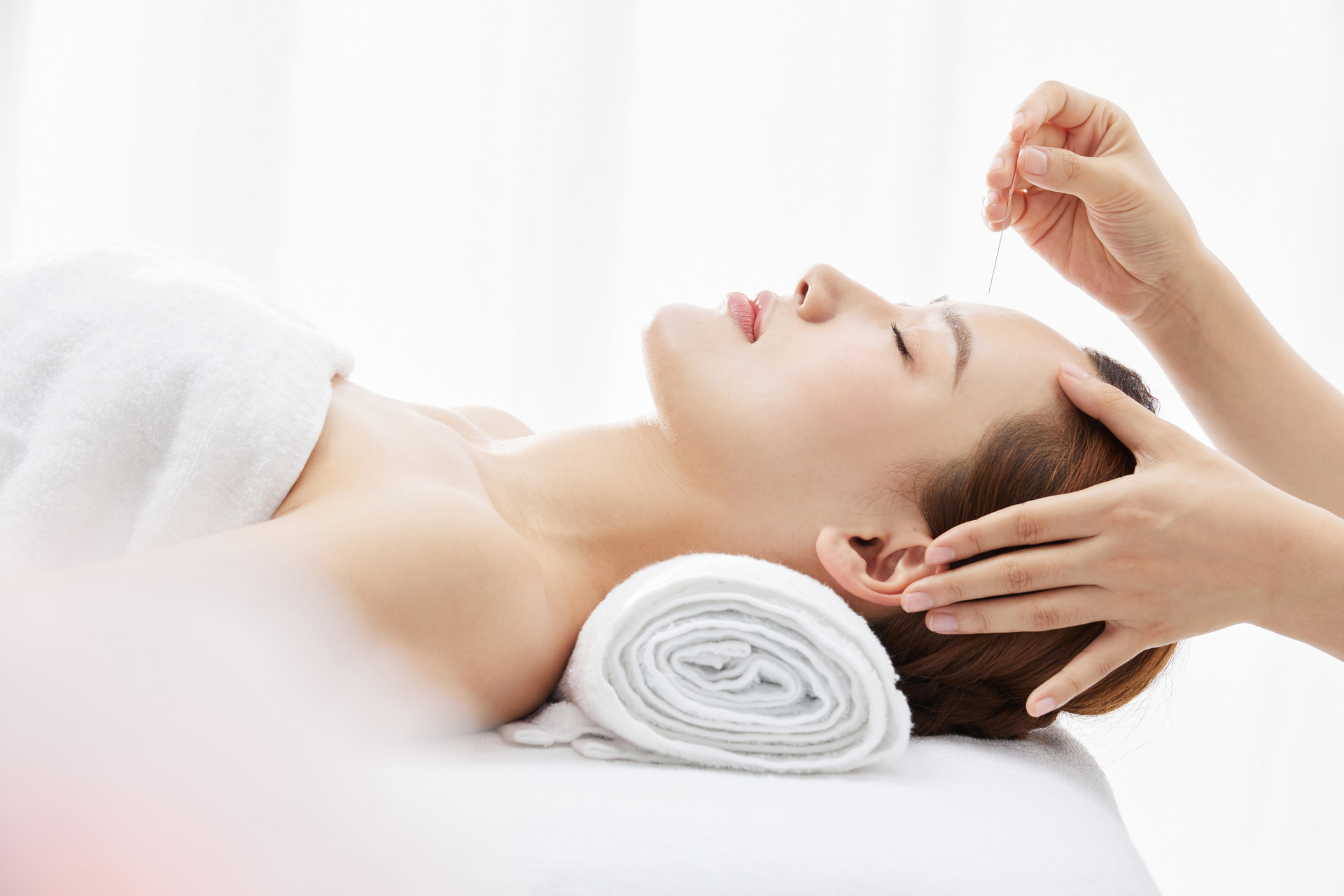1. When the fontanelle of an infant is not closed, the acupuncture point on the head and neck should generally not be needled. In addition, because infants cannot cooperate, quick needling technique should be used and the needle should not be left in.
2. Pregnant women within the first three months should not be needled on the lower abdomen or lumbosacral region. After three months, needling should also be avoided on the upper abdomen and certain acupuncture points with strong needle sensation, such as Hegu and Sanyinjiao. Caution should be exercised when needling in patients with a history of habitual miscarriage. Needling during menstruation should generally be avoided unless it is for the purpose of regulating the menstrual cycle.
3. Needling should not be performed on areas of the skin with infections, ulcers, or scars.
4. If there is an electric shock sensation, obvious pain, or the needle tip touches a hard tissue during insertion, the needle should be withdrawn and further needling should be avoided.
5. Patients who are overworked, hungry, or under mental stress should not be needled immediately. Treatment should be postponed until they have recovered.
6. Patients with weak constitution should not receive strong stimulation, and lying position should be preferred if possible.
7. Avoid needling blood vessels to prevent bleeding. Patients with a tendency for spontaneous bleeding or those with uncontrolled bleeding after injury should not be needled.
8. For acupuncture points in the eye area, neck, chest and back, and rib areas, the angle, direction, and depth of needling should be well controlled.










